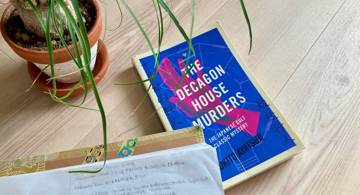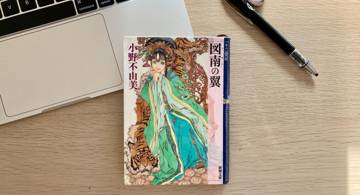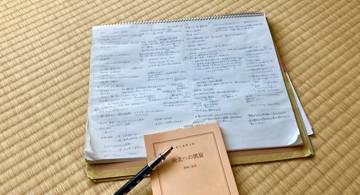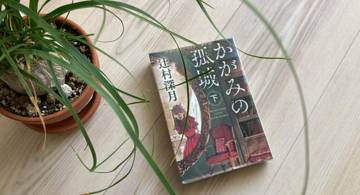Overview
Friend: I’ve got some leftover Rakuten points, but what should I buy?
Midori-san: Again? Just buy the Akutagawa Prize book or something.
Friend: Alright, I’ll do that.
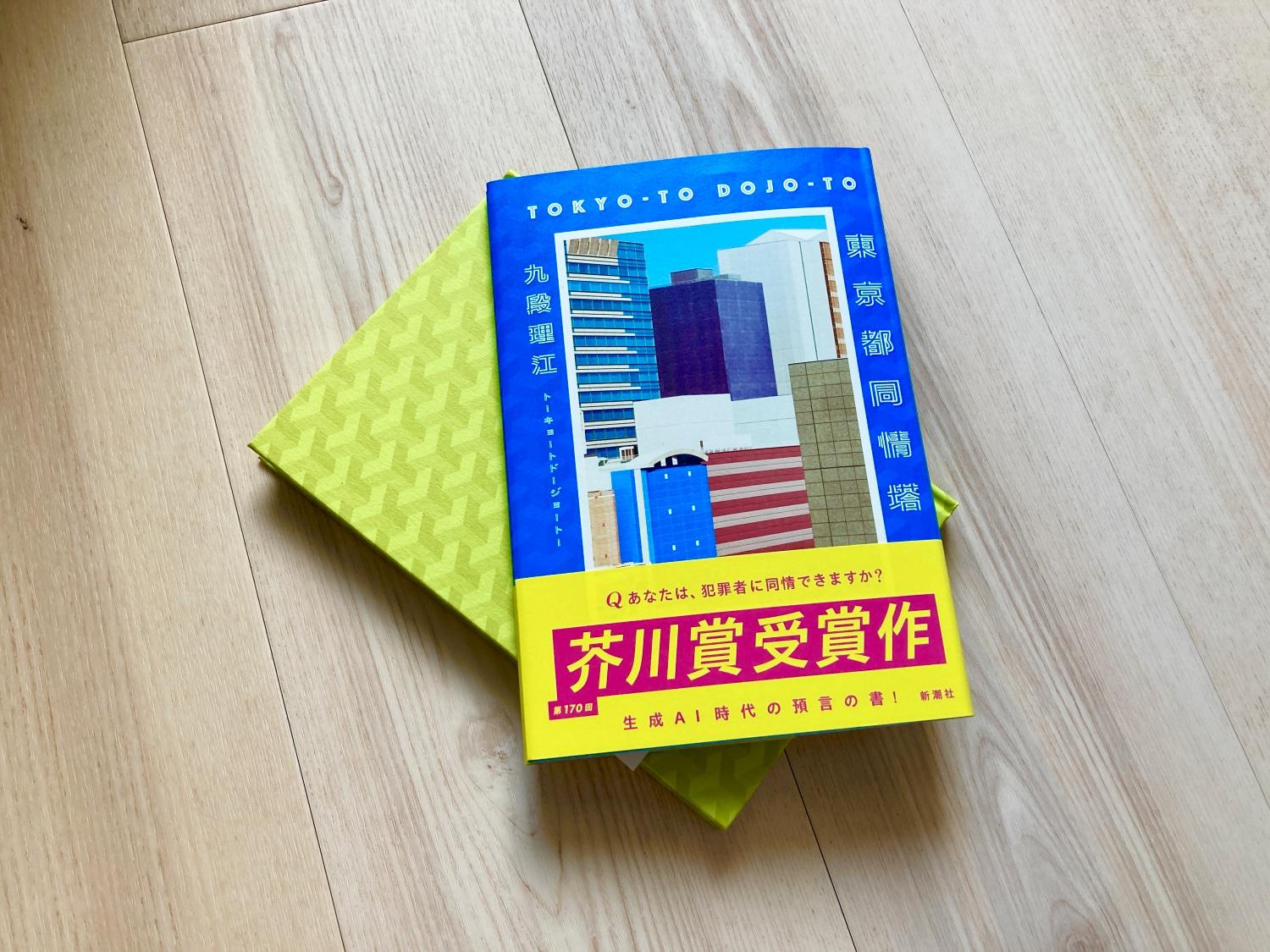
I ended up buying it too. It’s only natural that when a friend starts reading an Akutagawa Prize book, you’ll want to read it as well. Here’s a summary and my thoughts.
Summary
- Sociologist Masaki Seto proposes the concept of “Homo Miserabilis.”
- Based on this concept, the construction of Sympathy Tower Tokyo is decided—a tower where Homo Miserabilis can live happily. It’s built near Zaha Hadid’s New National Stadium.
- Sara Makina is an incredibly talented architect. She participates in the competition for the design of Sympathy Tower Tokyo but doesn’t like the name.
- Takuto Tojo comes up with the name "Tokyo Sympathy Tower." Sara likes it and begins the design process. The design is not a standalone structure but complements the New National Stadium to complete the landscape of Shinjuku as a whole. This idea helps her win the competition.
- After the tower is completed, Masaki Seto is murdered by a madman.
- Takuto Tojo becomes a "supporter" (warden) working at the tower.
- Sara Makina hides in a hotel under an alias, avoiding public criticism of the tower.
- Journalist Max Klein interviews both the tower and the two individuals. He comments, “I don’t want to waste even one second talking about filthy money here.”
- Sara reflects on her involvement in the tower’s design. She feels she should not have cooperated in a project she didn’t fully agree with in her heart.
My Thoughts
- I brought up this book because the author is from a similar generation, which intrigued me. As expected, I felt a sense of familiarity with various themes.
- For example, these parts↓. It feels like we’ve lived through the same era.
- A world that’s about 70% reality and 30% fantasy.
- The title object (Tokyo Sympathy Tower) actually appears as a real thing in the story.
- The idea that language creates thought, which has become common sense for our generation.
- A few eccentric characters that leave a lasting impression.
- The playful nature of the character names, like Makina or Tojo.
Our protagonist, Sara Makina:
- Sara views people as if they were buildings. From this perspective comes the sensation that “people are thinking architecture” and the notion that “the feeling of others entering and leaving something I built is the ultimate satisfaction.” This is a clear case of multiple concrete expressions emerging from a single idea.
- Her simple phrase, “What would you think if there was a girl saying this?” feels very similar to the eccentric light novel characters familiar to our generation and is easy to accept.
- I like her as a character. There’s no unconscious behavior in her; I love the fact that she acts consciously. People who act consciously don’t blame others for their failures. I admire that.
- “I can’t say what shouldn’t be said.”
- “I have to take responsibility for all my words and actions.”
- It was strange to me that Sara regrets designing the tower. After all, she liked the name Tojo came up with, and she was satisfied with the synergy she thought up between the tower and the New National Stadium. However, it probably wasn’t enough for her. Sara is a woman who wants to act only when she’s 100% convinced. The tower was a big project, so she went along with it on momentum, but looking at the bigger picture, she was probably only about 70% satisfied, so now she’s reflecting on that. This portrayal shows that she prioritizes personal values over societal success.
- I didn’t really understand the final passage where Sara talks about the collapse of the tower. What was the purpose of ending the story with that scene?
About Takuto:
- “So first, Makina-san should win the competition, then go ahead and put up a cool tower with a bang.” Such a great line.
About Masaki Seto:
- According to my friend’s analysis, the person who killed him was a fervent believer in his theory. The killer believed in Seto’s idea of banning negative words, but when Seto himself used negative language, they snapped and killed him.
A passage I personally resonate with:
- “I felt no guilt.” “I felt a kind of superiority, as if I had exacted revenge on the society that oppressed me.”
- ↑ I love this depiction. For instance, bullied kids sometimes don’t just hold grudges against the bullies, but also against those who stood by and did nothing—the people who make up the society they live in. That’s what they mean by “being twisted by bullying.” It’s understandable, though.
